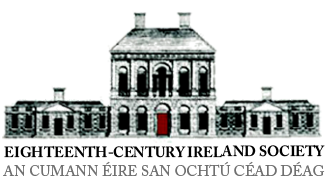Type: Article
Whelan, Kevin. ‘An Underground gentry? Catholic Middlemen in Eighteenth-Century Ireland’, Eighteenth-century Ireland/Iris an dá chultúr, Vol. 10 (1995), pp 7-68.
Despite having been reduced to the position of middlemen and substantial farmers in the eighteenth-century, Irish descendents of the old catholic landowning families occupied an important role as the leaders of political and popular culture in Irish society. The displaced catholic gentry formed a new social and economic system for survival in response to the conflict and upheaval caused by the issues of land ownership. The descendants of the old proprietors mutated into an underground gentry, the shadow lords of eighteenth-century Ireland. Whelans examines, among othwer topics, the origins of the middleman system and its Jacobite influences, the middleman families obsession with ancestry and their contempt for the Cromwellian landlords, and the influence of the middlemen in Irish popular culture. The concept of middlemen gave rise to the catholic big farmer, a far more conservative line of the Irish catholic gentry who enjoyed prosperity and secure positions in society. Whelan discusses the increasing anxiety felt by the official gentry in response to the independence and power achieved by the families of catholic middlemen and big farmers. The idea of an alternative gentry of Jacobites and United Irishmen strained the relations between protestant landlords and catholic tenants.
